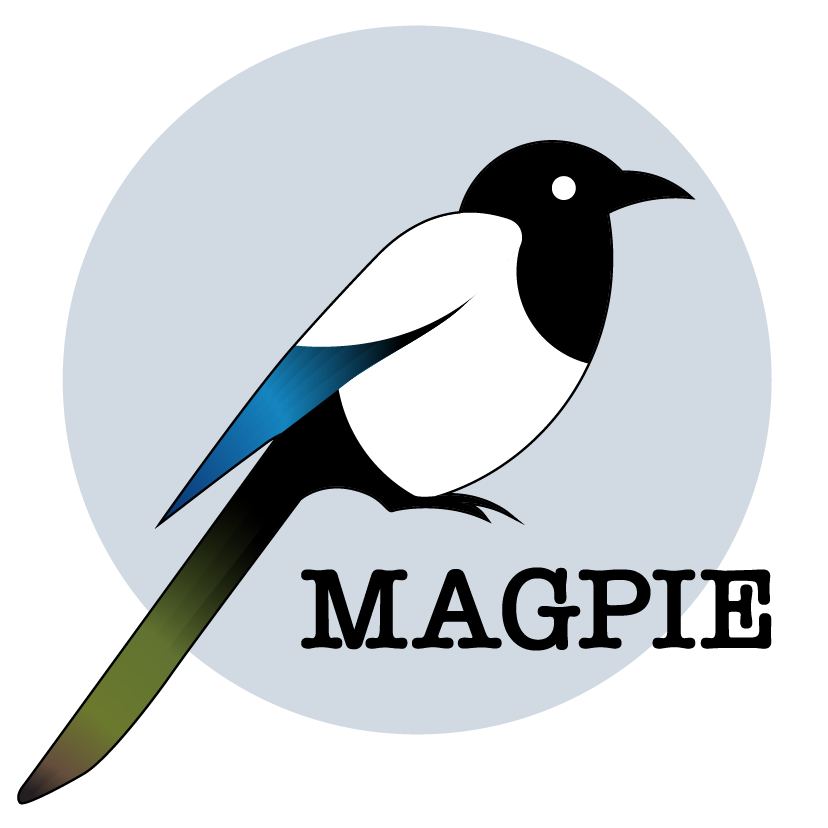Setup Instructions#
To run this pipeline, you need to have Snakemake installed along with several bioinformatics tools. We recommend using conda for package management.
1. Install Conda#
If you haven’t already, install Miniconda using instructions at https://docs.anaconda.com/miniconda/install/, for example using the below.
For Mac:
curl -O https://repo.anaconda.com/miniconda/Miniconda3-latest-MacOSX-arm64.sh
bash ~/Miniconda3-latest-MacOSX-arm64.sh
For Linux:
wget https://repo.anaconda.com/miniconda/Miniconda3-latest-Linux-x86_64.sh
bash ~/Miniconda3-latest-Linux-x86_64.sh
For Windows:
curl https://repo.anaconda.com/miniconda/Miniconda3-latest-Windows-x86_64.exe --output .\Downloads\Miniconda3-latest-Windows-x86_64.exe
Then launch the installer from Downloads and follow the steps
2. Create Conda Environment#
The MAGPIE pipeline requires a Python installation and the following package dependencies:
snakemake
shiny
matplotlib
pandas
numpy
scikit-image
pathlib
scikit-learn
scipy
json
collections
shutil
gzip
h5py
scanpy
We recommend to create a conda environment with from which the whole pipeline can be run. You can install all required dependencies using the magpie_environment.yml file within the snakemake folder in the GitHub repository using the following command:
conda env create -f magpie_environment.yml
The pipeline has been primary developed and tested on Mac so there may be some difficulties with installation on Windows and Linux and packages may need to be installed manually.
3. Activate Environment#
The MAGPIE Conda environment can then be activated using
conda activate magpie
4. Copy the MAGPIE pipeline locally#
In order to run the MAGPIE pipeline, you need to have several files from the GitHub repository Core-Bioinformatics/magpie locally. Specifically you need the structure:
├── Snakefile
├── magpie_shiny_app.py
├── figures
│ ├── magpie_logo.png
├── scripts
│ ├── alter_data.py
│ ├── create_mock_spaceranger.py
│ └── create_perbarcode_matrix.py
You will then create a folder in the same directory called ‘input’ where all your inputs will be placed, following the structure specified in the Input folder structure section.
In order to get these files locally, you can clone the reposity, either using git e.g. git clone https://github.com/Core-Bioinformatics/magpie.git, using the GitHub Desktop app by going to File > Clone Repository... or by downloading the whole repository as a zip file by going to the repository at Core-Bioinformatics/magpie then going to Code > Download ZIP then extracting the resulting folder locally.
